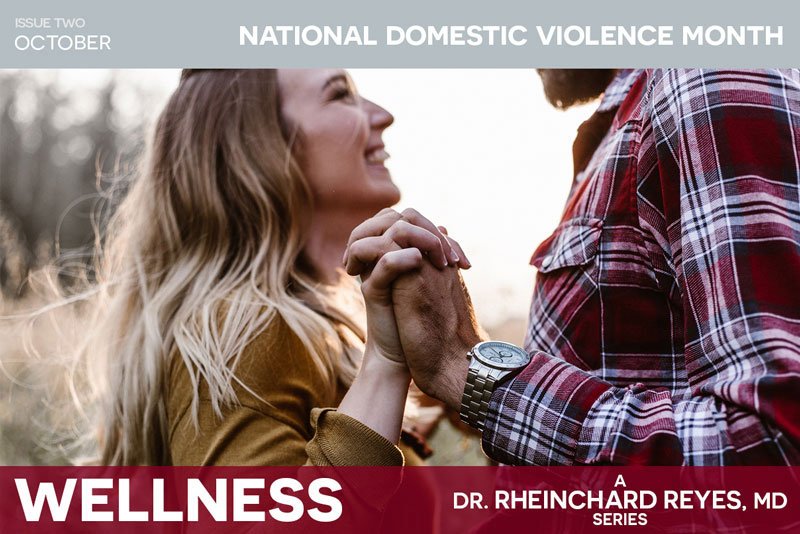Dating back to 1981, October is National Domestic Violence Awareness Month. Home is the very word we associate with positive things: warmth, love, rest, intimacy, good vibes… except that it is not so for everybody. The Department of Justice has estimated that 1.3 million women and 835,000 men in the US fall victim to physical violence by their partner every single year.
This is something that affects us all across the board. Although it is fair to say that a larger percentage of the victims are women, it would be unfair to not point out that it is by far not an exclusive, or even markedly predominant, female occurrence, like some people think and the news have reported. These numbers also make the authorities believe that approximately ¾ of the entire domestic US population know someone who is or once was a victim of domestic violence.
Defining an Abusive Relationship is Important
Here are the main definitions/description of what is deemed an abusive relationship by society in the 21st Century. It starts like this: “If your partner…”
- is possessive and acts on it. Checking up on you constantly or actively/passively avoiding you from seeing certain people is coercive, passive aggressive, and, therefore, abusive.
- is jealous and acts on it. Things like accusing you of being unfaithful, blowing a gasket in public if you even talk to someone, or isolating you from family and friends means the jealousy has gone one step too far.
- puts you down. Attacking your traits (say, intelligence), your skills (say, social adeptness), maybe even your defects (say, being late) may lead to unchecked violent outbursts. This is unacceptable behavior.
- threatens you and/or your family.
- hits, beats, or strangles you, now or in the past.
- physically and/or sexually abuses you. A push and a shove may be acceptable depending on the context, but in the worst of cases may be considered abuse. What is beyond doubt is when they hit you or make you have sex with them when you don’t want to.
Stats Speak for Themselves… as Always
- In the US, almost 20 people are physically abused by an intimate partner every minute
- By gender, 1 in 4 women and 1 in 9 men experience severe intimate physical violence. More generically, 1 in 3 women and 1 in 4 men have experienced some form of physical violence on the part of an intimate partner.
- On any given day, there are approximately 20,000 phone calls to domestic violence hotlines nationwide.
- The mere presence of a gun in the household increases by 500% the chances of going from domestic violence to homicide.
- Intimate partner violence accounts for 15% of all violent crime in the United States.
- 18-24 years old is the most commonly-abused women’s age group.
- 1 in 5 women and 1 in 71 men have been raped during their lifetime. An acquaintance was the culprit in almost half of all rape cases.
- The cost of intimate partner violence tops $8.3 billion per year, with anywhere between 21-60% of the victims losing their jobs due to the abuse.
- Women abused by partners are more vulnerable to contracting HIV and STDs from forced intercourse.
Resources
As always, the best resource is the law. In this case, we are talking about the Violence Against Women Act. It passed in 1994, led by then senator Joe Biden, and basically held offenders accountable whilst protecting victims through a number of programs and services. This has translated into a severe drop approximately two-thirds less in domestic violence rates from 1993 to 2010, including dating abuse in the workplace, stalking, employment discrimination, and many more.
Other available resources for denouncing, getting help and/or speaking out include:
- #VoicesHavePower
- National Domestic Violence Hotline @ 1-800-799-7233
- The National Coalition on Domestic Violence (NCADV) has a site with plentiful help or support links, for example cosmetic support, webinars, safety plans, etc., among them a state by state Domestic Violence Fact Sheet
Sources:
https://www.breakthecycle.org/blog/it’s-national-domestic-violence-awareness-month
https://ncadv.org/statistics
https://nationaldaycalendar.com/national-domestic-violence-awareness-month-october/


